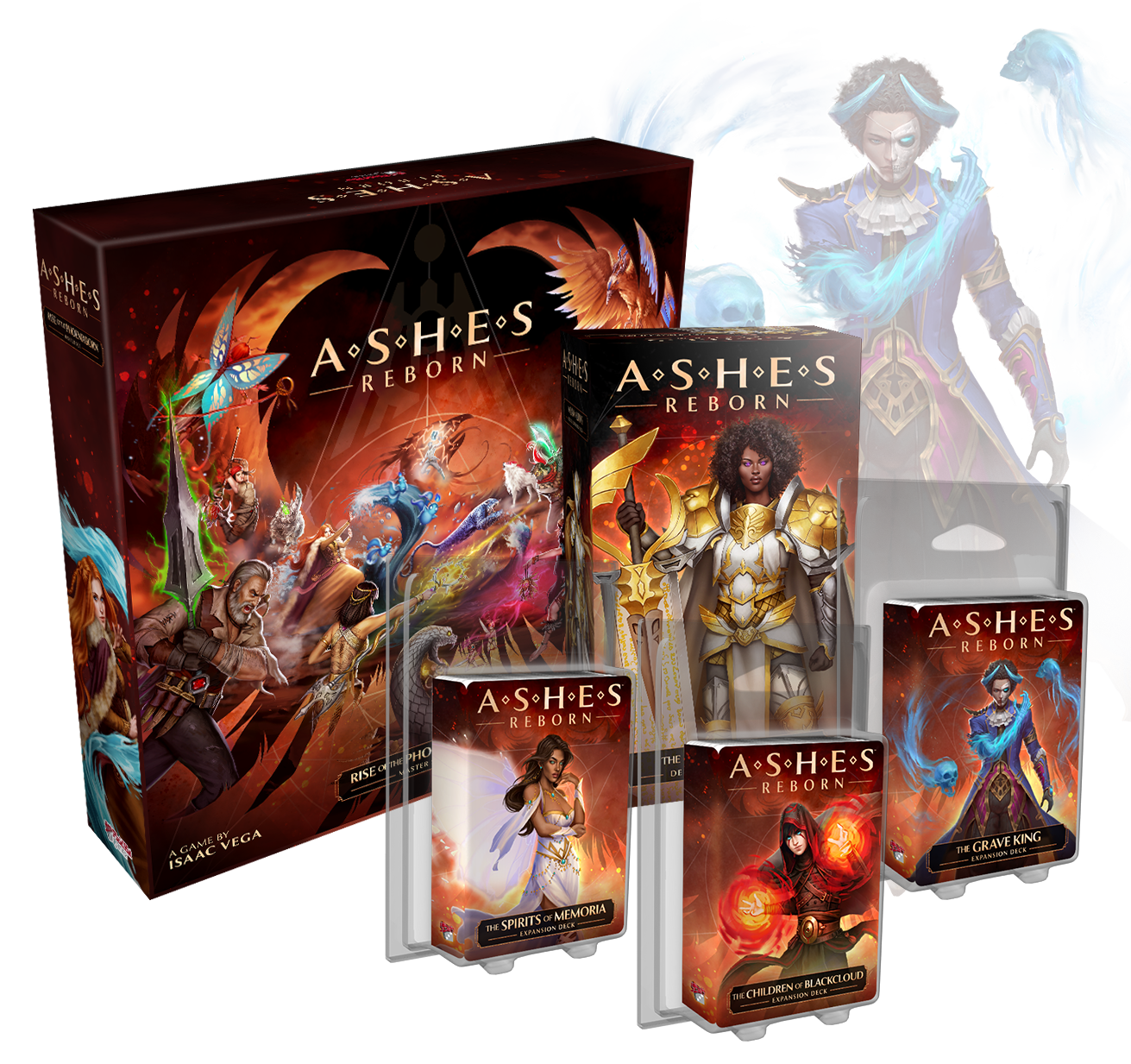

On the other hand there are a few cases where the 1645 edition exhibits By a reciprocal change ayr and cipress become airĪnd cypress and the vowels in daign, vail, neer, beleeve, sheild, boosom,Įeven, battail, travailer, and many other words are similarly modernized. So written in 1645, take on in 1673 an e mute, while words like harpe, som, cours, glimps, wher, vers, aw, els, don, ey, ly, Monosyllables like hugg, farr, lose their double letter. Have two, while on the other hand words like vernall, youthfull, and Goddess, darkness, usually written in the first edition with one final s, Generally it may be said that, where the twoĮditions differ, the later spelling is that now in use. Spelling between the two editions but a word may find place here upon I have not thought it necessary to note mere differences of This and all other alterations will be found noted where Of ten of the sonnets and it contains one important alteration in the Ode It is valuable, however, as the editio princeps While it corrects the errata tabulated in that edition it commits many Up from a copy of the 1645 edition, because it reproduces some pointlessĮccentricities such as the varying form of the chorus to Psalm cxxxvi but Milton's oversight as it passed through the press. The only reprint of the Minor Poems in the old spelling, so farĪs I know, is the one edited by Mitford, but that followed the edition ofġ673, which is comparatively uninteresting since it could not have had Section of it, which reproduces for the first time the scarce small octavo The most interesting portion of the book must be reckoned the first Regain'd and Samson Agonistes from the edition of 1671. Printed entire then follow in order the poems added in the reissue ofġ673 the Paradise Lost, from the edition of 1667 and the Paradise First the 1645 volume of the Minor Poems has been Printers have been able to make it, from the earliest printed copies of This edition of Milton's Poetry is a reprint, as careful as Editor and Of that sort of Dramatic Poem which is call'd [From The Tenure of Kings and Magistrates, CYRIACK SKINNER UPON HIS BLINDNESS.ĪPRIL, 1648. ON THE NEW FORCERS OF CONSCIENCE UNDER THE A.ĪN EPITAPH ON THE MARCHIONESS OF WINCHESTER.Ī MASK PRESENTED At LUDLOW-Castle, 1634. John Dufresne, from his book, The Lie That Tells A Truth: A Guide to Writing Fictionįifty engravings by Gustave Dore have been provided in "Paradise Lost" The first reading is creative-you collaborate with the writer in making the story. You loved the central character in the story, and now you can see how the writer presented the character and rendered her worthy of your love and attention. (Every word is a choice.) You see now how the transitions work, how a character gets across a room. Notice the choices he made at each chapter, each sentence, each word. When you've finished, you know where the story took you, and now you can go back and reread, and this time notice how the writer reached that destination. When you read a story or novel the first time, just let it happen. If you read like a writer, that is, which means you have to read everything twice, at least. You can learn more about the structure of a short story by reading Anton Chekhov's ' Heartache' than you can in a semester of Creative Writing 101. But the best teachers of fiction are the great works of fiction themselves. You can learn technique and process by reading the dozens of books like this one on fiction writing and by reading articles in writers' magazines. Yes, you can learn lots about writing stories in workshops, in writing classes and writing groups, at writers' conferences.
#Summon winged lioness plaid hat games how to#
There are two ways to learn how to write fiction: by reading it and by writing it.


 0 kommentar(er)
0 kommentar(er)
